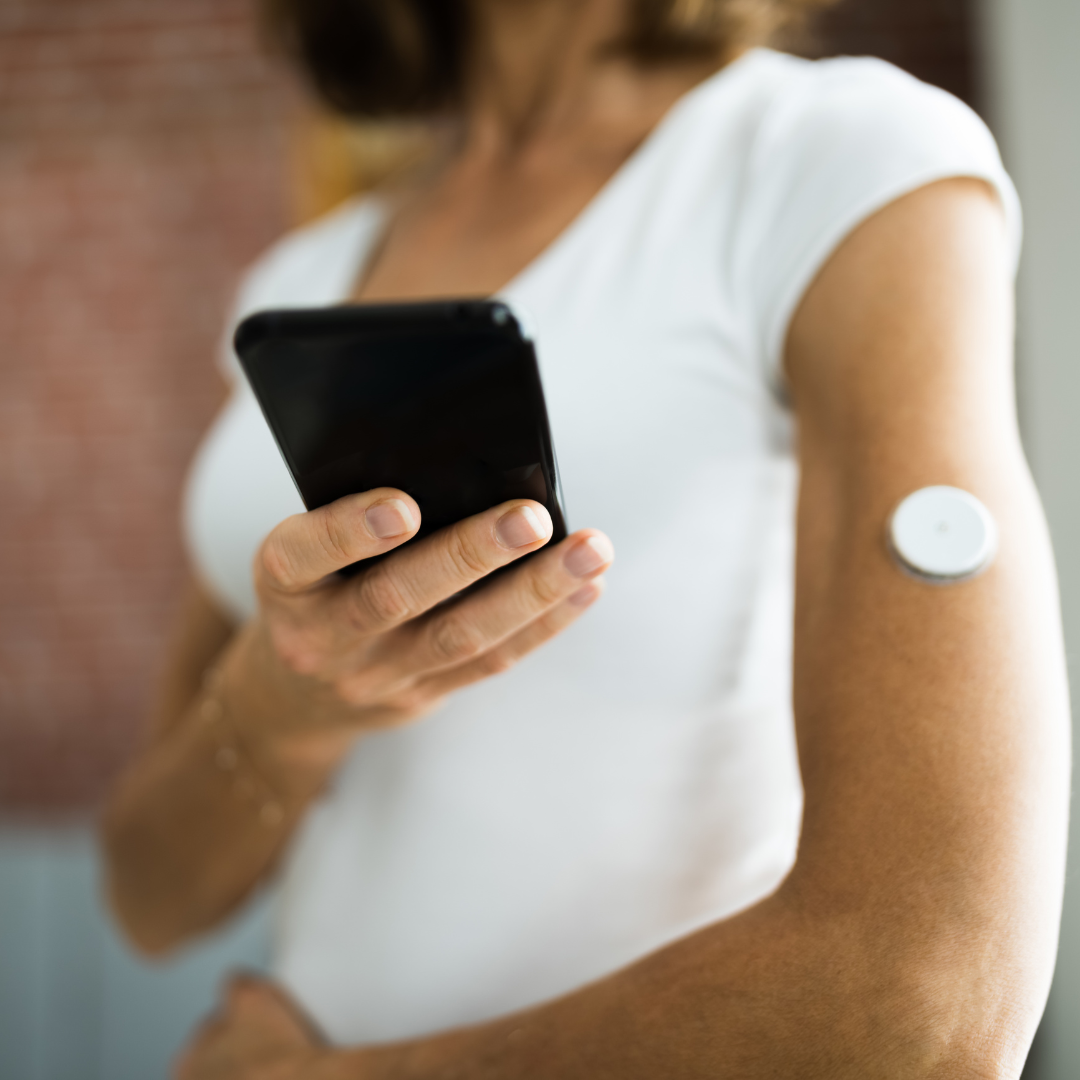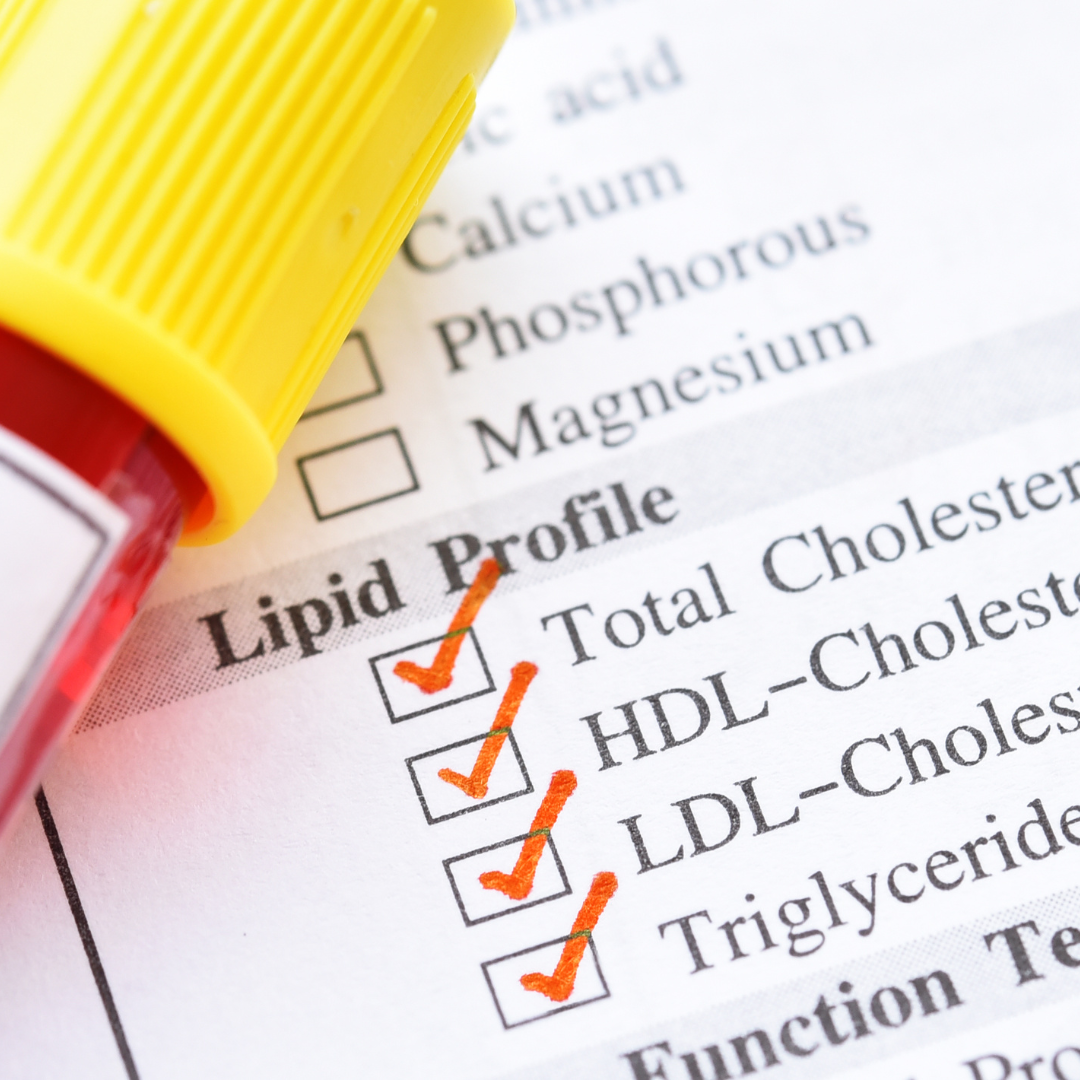June is Men’s Health Month – a time to focus on the health and well-being of men of all ages. One health issue that impacts many men is low testosterone. It is projected that approximately 6.5 million American men between the ages of 30-79 will have low testosterone by 2025.
While there is still much research to be done around the connection of low testosterone to other health issues, there is already an established link between insulin resistance, diabetes and low T. According to the American Diabetes Association, type 2 diabetics are twice as likely to have low testosterone compared to those without diabetes.
Here is the information you need to know to better understand how low testosterone affects men’s health.
Low Testosterone Overview
The testosterone hormone is a part of the endocrine system and plays a large role in men’s health. It helps regulate muscle mass and strength, it can impact sex drive and sexual function, and it helps maintain bone strength. If a man is diagnosed with hypogonadism, it means they’re experiencing low testosterone along with a potential for other symptoms.
Causes and Symptoms
There are several potential causes of low testosterone, including:
- Normal aging
- Certain cancer treatments
- Diseases affecting the testicles
- Disorders that affect the pituitary gland
The symptoms of low T depend on the person, but can include:
- Low energy
- Low sex drive
- Erectile dysfunction (ED)
- Feelings of sadness or depression
- Weight gain
Related Health Concerns
Low testosterone is associated with a variety of related health concerns, and some of which can be very serious.
Examples include:
- Type 2 diabetes
- Cardiovascular disease
- Osteoporosis
- Obesity
- Unhealthy cholesterol levels
Low Testosterone Treatment
Low testosterone can be treated with testosterone replacement therapy. It is important to talk to your doctor to find the treatment that will work best for you and to monitor your testosterone levels to optimize the results. At Texas Diabetes & Endocrinology, we offer a variety of testosterone replacement treatments, including skin patches, gels, injections, and nasal spray. Our providers will work with you to find a personalized treatment plan.
Consult with an Endocrinologist in Austin, TX
To learn more about low testosterone (low T) and testosterone replacement therapy, schedule a consultation with one of our board certified endocrinologists in Austin or Round Rock by requesting an appointment online or call (512) 458-8400.
Don’t forget to follow us on Facebook and Instagram and check back with us each month as we provide you helpful wellness and health information.





